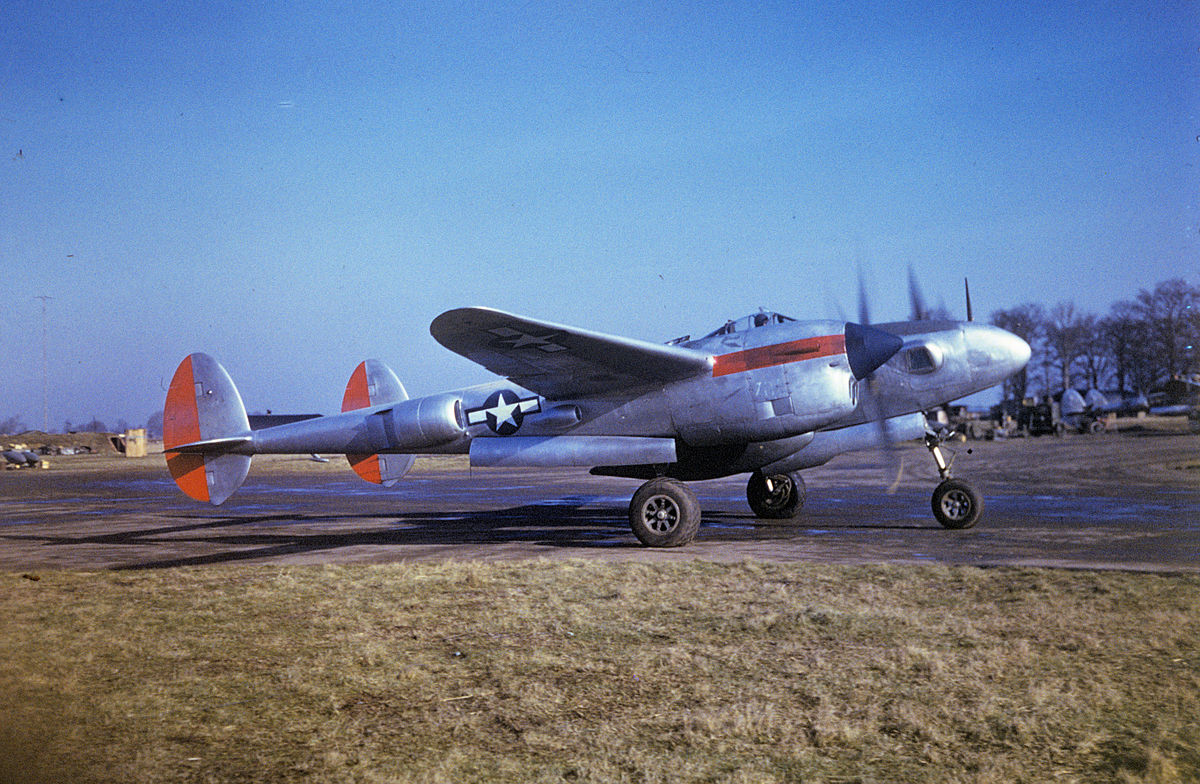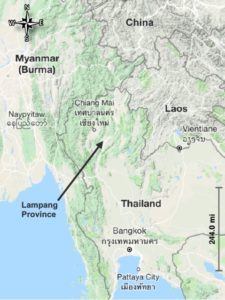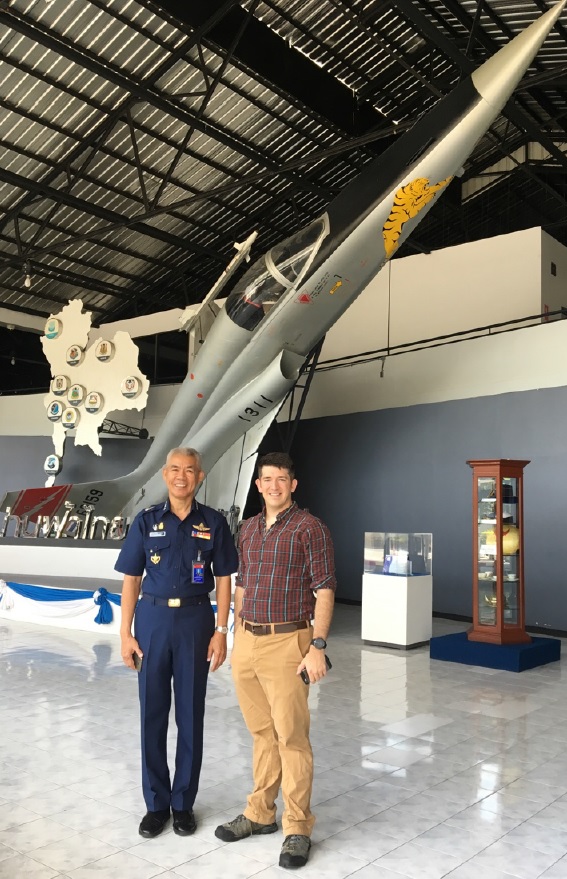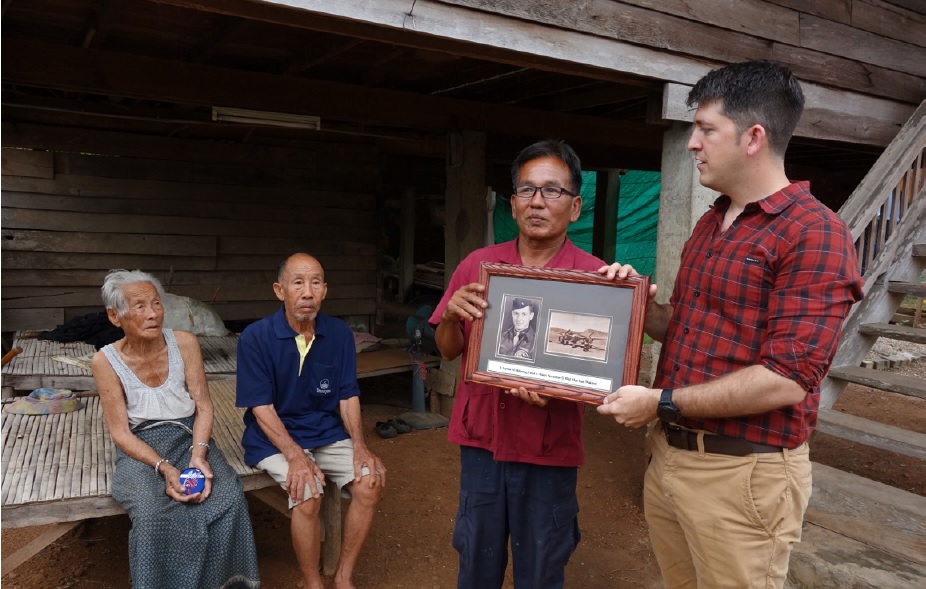The Fate of America’s Missing Airmen in Thailand in WW2
- By Guest blogger
- 16 January, 2019
- No Comments

Daniel Jackson, a US Air Force pilot and the author of several books on military history, has done extensive research on the role of American aviators in China during World War Two. On a field trip from December 2 to 9, 2018, he turned his attention to the neighboring theater of Thailand. This is his report, reproduced with his kind permission:
OVERVIEW
Sirah and I embarked on a weeklong trip to Thailand to investigate the fate of two U.S. Army Air Force airmen reported missing in action during World War II. Previously, my research has focused on the fate of America’s missing airmen in China. U.S. combat air forces there
reported at least 620 aircraft and 1,750 airmen missing throughout the war. This included missions from China into northern Thailand. Last year’s trip aimed at learning about the overwhelming number of Americans rescued by Chinese soldiers and civilians – particularly in Hunan and Yunnan provinces.
Thailand and the United States had a much more complicated relationship; the Imperial Japanese Army invaded Thailand on December 8, 1941, en route to British Malaya and Burma. Faced with the specter of defeat and occupation, Thailand elected to retain some modicum of
sovereignty and made the choice to ally itself with Japan. Though Thailand declared war on the United States in January 1942, the Thai ambassador in Washington D.C. never delivered the declaration and in fact became a leader of the “Free Thai” resistance. American airmen captured by Thai forces enjoyed a much kinder fate than those subject to the brutal conditions of Japanese prison camps. According to one captured airman: “The Thais couldn’t do enough for Americans.” Another said his imprisonment was a “welcome rest.”
Unfortunately, the two airmen who became the focus of this trip did not survive to become prisoners. First Lieutenant Frank McKinney went missing on November 5, 1944. His F-5 Lightning (a photo reconnaissance version of the Lockheed P-38, similar to the plane pictured above) never returned from a planned 1,100-mile reconnaissance of eastern Burma and northern Thailand. First Lieutenant Henry Minco went missing during a dogfight with Thai fighters over Lampang on November 11, 1944. Following the war, the American Graves Registration Service could find neither and declared their remains unrecoverable.
PARTNERS
Discovering the fates of Minco and McKinney has been a team effort. Air Chief Marshal Sakpinit Promthep, former director of the Royal Thai Air Force (RTAF) Museum in Bangkok, found documentary evidence in the museum’s archives: reports from Thai authorities responding to both crashes. Sirah and I met Air Chief Marshal Promthep at the museum Lampang Province China on December 3. His in-depth knowledge of (and enthusiasm for) the history of Thai aviation and for this project radiated through the incredible tour he gave us of the museum’s collection. Mr. Richard “Hak” Hakanson, an American expat living in Chiang Mai, took the documentary evidence – both Thai and American – and through extensive legwork, connected it with local knowledge in the villages of Ban Sai Tai and Ban Mae Kua in Lampang Province. For our trip, he arranged meetings at both sites with eyewitnesses, guides, and local government representatives. While in Bangkok, I also met with Major Klairoong “Puma” Pattumma, deputy commander of Detachment One of the Defense POW/MIA Accounting Agency (DPAA). This agency is charged with accounting for America’s missing all over the globe from every one of its conflicts. Detachment One has a vast area of responsibility, including East India, Myanmar, and Cambodia.
SITE VISITS

Air Chief Marshal Sakpinit Promthep (left) has been a key partner in researching America’s missing airmen in Thailand
On December 6, Hak, Sirah, and I drove from Chiang Mai to Ban Sai Tai, just over ten kilometers east-northeast of Lampang. The crash site is reportedly in a narrow ravine nestled in the folds of the mountain range east of the Wang River Valley. We did not have an opportunity to visit the site itself due to the unavailability of a guide. However, we did visit the trailhead, marked by a “spirit house” dedicated to the local forest spirit (a fusion of ancient animist and modern Buddhist beliefs). Locals leave small sacrifices here and pray for protection before venturing into the forest. We also had the opportunity to interview Nuan Jaimawong. He was too young during the war to remember much, but several years later he came across the crash site while pursuing a wayward water buffalo into the mountains. He told us people were afraid to disturb the site for fear of the spirit of the dead pilot. This may indicate the body was never cremated and disposed of in accordance with local practices.
Two days later, we drove to Ban Mae Kua, a small agricultural village thirty-five kilometers south of Lampang. Documents found in RTAF archives reported an aircraft exploding over the village and crashing into the woods two kilometers to the northeast. The description of
the wreckage matched Frank McKinney’s photo reconnaissance Lightning. Seewai Bpunyai, a representative of the local subdistrict government, took us to the site. The forest had been converted to rice cultivation thirty years ago; but even though the sheriff and village headman carted away the wreckage during the war, the landowner still had found pieces of it in the paddies.
Seewai next took us to meet his ninety-six-year-old great aunt, Fong Inma, who witnessed the crash. She vividly remembered hearing the loud whine of engines roar overhead, the sound of the explosion, and seeing smoke rise from the crash site to the northeast. The villagers were afraid to investigate at first. Her father, though, was the village headman, so he took his sons with him to examine the crash site. They carried away the wreckage in oxcarts and kept it under their raised home until the local sheriff came and took it away in two large trucks. Fong herself later visited the crash site. McKinney’s body remained there for days until the sheriff arrived. He discussed the situation with Fong’s father and they decided it would be best to bury the body there. The villagers gathered together, burned the body on a woodfire, and then buried it. Fong went on to relate other details of the war, such as when a Japanese cavalry unit passed through the area. We thanked her
for sharing with us and then presented a plaque memorializing Frank McKinney to the village.

Presenting a plaque memorializing Frank McKinney in Ban Mae Kua. Left to right: Fong Inma, her son Gate Inma, Seewai Bpunyai, and Daniel Jackson. We presented memorial plaques to the RTAF Museum in Bangkok and the Tango Squadron Museum in Chiang Mai as well.
WAY FORWARD
The trip left us feeling confident we had zeroed in on the crash sites of Henry Minco and Frank McKinney. DPAA is planning to follow up on this visit with a site survey of their own in March or April 2019. With any luck, both cases will continue to progress. Hopefully, success in these efforts will excite others to continue to fuse disparate sources of information to find America’s missing airmen elsewhere. In the meantime, we will look at ways to memorialize Henry Minco as we did Frank McKinney.



 Copyright © 2025
Copyright © 2025
Leave a Reply